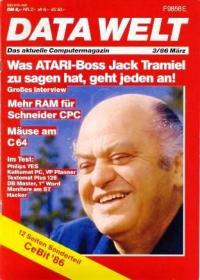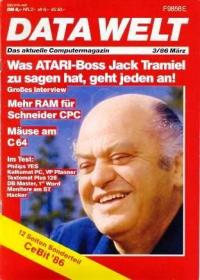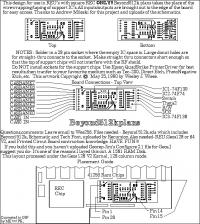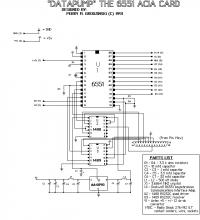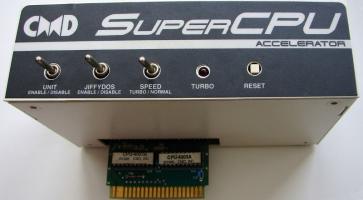Using the Commodore 64 as a logic analyzer

@DrWatson
Published in
Commodore64
· 8 Oct 2023

When building a logic circuit, you generally also want to know what is happening inside: when a certain conductor goes to logic level "0" or "1" and when a certain flip flop changes state. This analysis will be very useful especially if the circuit operation is faulty. Of course, in certain cases, the logic level will be able to be checked with the help of a logic tester or a simple voltmeter. With a simple voltmeter, however, it will not be possible to check the time sequences of pulses or even the interdependence between different signals, because these can be detected only one at a time. Instead, all the advantages listed above will be...


